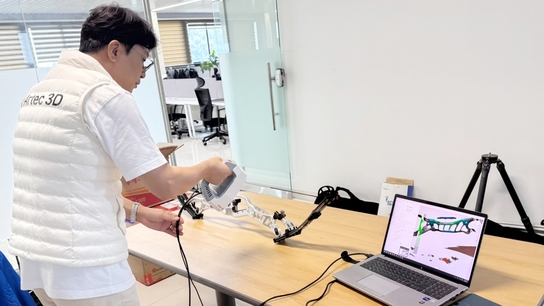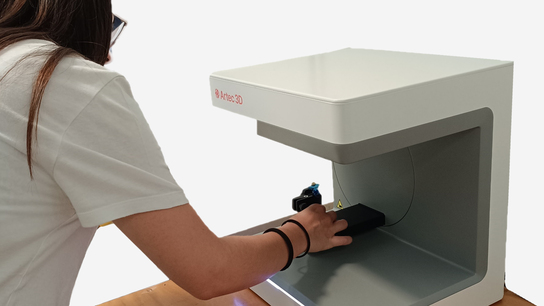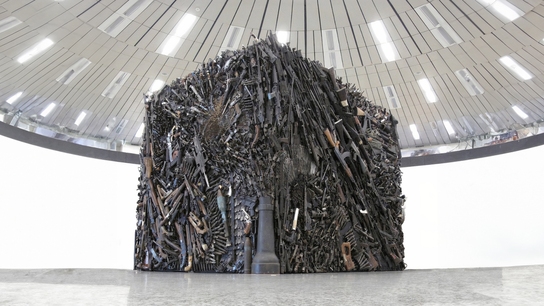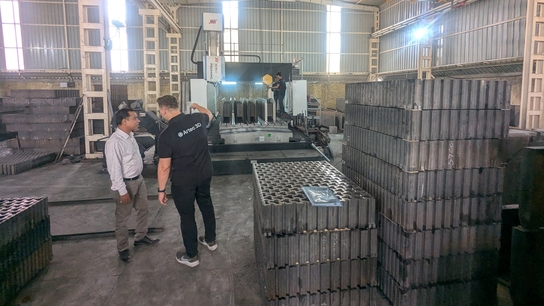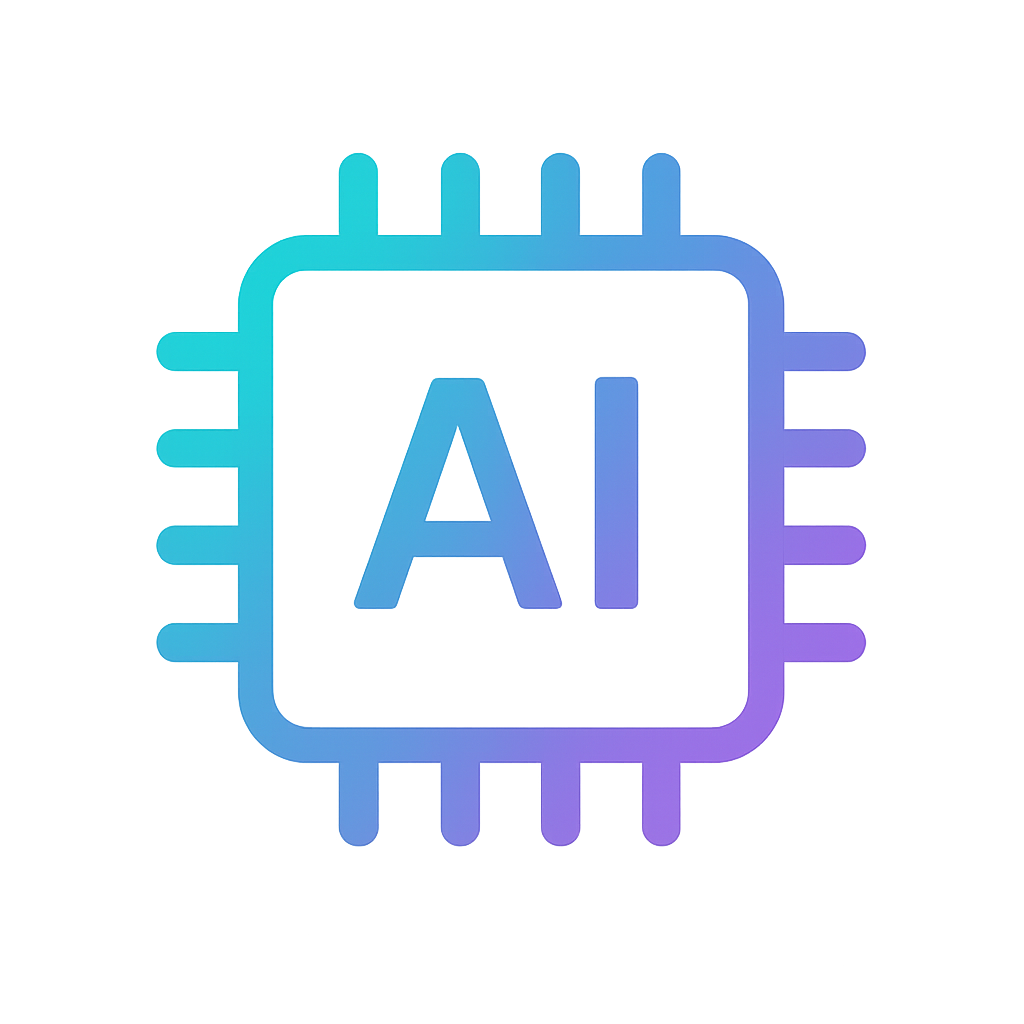Artec Leo solves great historic mystery for a Discovery Channel special
Challenge: Digitizing an ancient sarcophagus lid to see if it belonged to the lost tomb of Alexander the Great: one of the world’s most successful ever military leaders.
Solution: Artec Leo, Artec Studio, ZBrush
Result: A 3D model featuring fine details like the Virgina Sun, symbol of the Macedonic royal family, captured with such accuracy it could be used to solve one of history’s great mysteries.
Why Artec 3D?: Capturing this huge wall-mounted artifact would be impossible without 3D scanning. Leo’s unique blend of wireless, high-resolution data capture and real-time feedback made it easy to scan at pace, ensure complete digitization, and send the results for analysis.

A 3D model of an ancient funerary block captured with Artec Leo. Image courtesy of the Discovery Channel & ShareMind
In the year 359 BC, Philip II came to the throne in Macedon – an ancient state located in what’s now Northern Greece. After overhauling Macedon’s army with advanced weaponry, the king was ready to lead his army on the attack and reshape the region.
But he was stabbed in the back before he could do so. This left his 20-year-old son, who went on to be known as ‘Alexander the Great,’ to take on the world. Over the next decade, Alexander turned Macedon into the world’s largest empire, taking his forces into the Balkans, over to Asia, through Egypt and all the way to the peaks of the Himalayas.
When he was nearly killed in modern-day Pakistan, Egypt’s first foreign pharaoh eventually retreated to fabulously wealthy Babylon, where he died of unknown causes at the age of 32. Though Alexander should’ve been buried near his family in Macedon, his body was intercepted by Ptolemy II, one of the many generals seeking to legitimize their claim to his territories.
After that, the tomb (along with all the ancient treasures Alexander was buried with) was lost to the sands of time. Fast forward to a few months ago, and the Discovery Channel’s Expedition Unknown began to cover digs, with archeologists on the verge of solving this historic mystery.

Artec Ambassador Pietro Meloni (left) with Expedition Unknown host Josh Gates. Image courtesy of the Discovery Channel & ShareMind
Having looked under buildings, in other tombs, and even below the sea, the chase led the TV docuseries to the British Museum and the sarcophagus of St. Mark. With historians suggesting that this had been repurposed from Alexander, the team headed to Venice, where the missing lid was found with Macedonic inscriptions. But they weren’t able to move and verify the find.
That’s where Artec Leo came in. Using the scanner, it was possible to rapidly, accurately digitize the artifact and send it straight to the museum for verification. The result? A perfect match. This incredibly detailed model turned out to be the key to proving what had happened to Alexander the Great, once and for all.
Digitizing Alexander’s ancient tomb
Teetering on the brink of their discovery, the TV show’s producers reached out to Italian Artec Ambassador ShareMind. Faced with the challenge of capturing a 1m x 2m wall-mounted block, ShareMind owner Pietro Meloni deployed Artec Leo. Propping a small ladder next to the artifact made it possible to scan using the compact, wireless device from all angles in minutes.

Meloni 3D scanning the block up a small ladder with Artec Leo. Image courtesy of the Discovery Channel & ShareMind
Using Leo’s built-in display, Meloni was able to check what he was capturing on the move. He needed to be careful. After all, if any small details were missed, it could jeopardize the project.
But it turned out that the stone structure was perfect for 3D scanning, with plenty of imperfections that made it easier for Leo to capture. According to Meloni, the scanner itself also proved to be ideal for the project, due to its sheer speed, usability and ergonomics.
“First of all, Leo is so fast. It doesn’t require PC cables either,” explained Meloni. “I have been involved many times in archeology projects. When using ladders, having cables around you is very uncomfortable. You need a device that is not just fast but wireless, where you can immediately check the quality of your scans. This is where Leo really shines.”
Solving a historic mystery
Once Meloni had finished scanning, he sent his data to the Artec Studio 3D data capture and editing software. Inside the program, he could’ve used Autopilot to automate the process of generating a 3D model, but the experienced Gold-certified Partner found it easier to manually power through scan registration, mesh fusion, and tidying up.

The funerary block inside the Artec Studio software. Image courtesy of the Discovery Channel & ShareMind
Beyond removing outliers, Meloni actually made no other changes to the model, as Expedition Unknown wanted to keep the scan as faithful to the original artifact as possible. Though the wall-mounted side of the relic was inaccessible, this could later be sketched using the ZBrush design software, leaving the team with a complete model, ready for virtual analysis.
Back at the museum, experts found additional Macedonian symbols, including a belt-mounted sword and leg armor. But the real breakthrough was being able to match this digital, full-color, geometrically accurate replica with the physical sarcophagus using an AR app. Not only did they discover it was a perfect fit, the team were able to simulate the tomb’s original appearance.

Alexander the Great’s tomb visualized based on Artec 3D scans. Image courtesy of the Discovery Channel & ShareMind
“It would’ve been impossible to ship this stone to the British Museum, or ship the rest of the object to that point,” added Meloni. “So there really was no other way to understand if these two parts matched correctly. Okay, you could use a manual caliper, but a single contour would not be enough to check if the two parts perfectly match – we are speaking about 3D objects. Artec 3D scanning was the only possible way of making this discovery.”
Digitizing the past with futuristic technology
In the end, Meloni’s role in the project was critical but actually quite brief. Scanning, processing, and tidying up the 3D model took less than half an hour. His efficiency should come as no surprise… he’s always using Leo for heritage preservation and archeological discovery.
Just last year, Meloni found two bronze feet in Rome. Following this same workflow of digitizing and sharing the artifact with academics, he was ultimately able to find the rest of the statue in France. In this case, he used Space Spider, predecessor to the new Artec Spider II, to capture the feet in even higher resolution, proving that his approach is adaptable to any situation.
While the ShareMind team are winding up for their next big adventure, they can be proud of the role they’ve already played in solving the world’s oldest missing person case: the disappearance of Alexander the Great.
Scanners behind the story
Try out the world's leading handheld 3D scanners.

